Easy Earthquake Worksheets
Are you a teacher or parent looking for engaging and educational resources to teach your students or children about earthquakes? Look no further! Our easy earthquake worksheets are here to help you introduce this fascinating geological phenomenon to young minds. With clear and concise content, these worksheets provide a solid foundation for understanding earthquakes while keeping young learners engaged and motivated.
Table of Images 👆
More Other Worksheets
Kindergarten Worksheet My RoomSpanish Verb Worksheets
Cooking Vocabulary Worksheet
DNA Code Worksheet
Meiosis Worksheet Answer Key
Art Handouts and Worksheets
7 Elements of Art Worksheets
All Amendment Worksheet
Symmetry Art Worksheets
Daily Meal Planning Worksheet
What is an earthquake?
An earthquake is a sudden and violent shaking of the ground caused by the movement of tectonic plates beneath the Earth's surface. This movement releases energy that creates seismic waves, leading to the shaking of the ground. Earthquakes can vary in size and intensity and can result in significant damage and loss of life depending on various factors such as depth, location, and magnitude.
How do earthquakes occur?
Earthquakes occur when there is a sudden release of energy in the Earth's crust, resulting in seismic waves that produce ground shaking. This release of energy is typically caused by the movement of tectonic plates along faults in the Earth's crust. When the stress or pressure along a fault exceeds the strength of the rocks, it causes the rocks to break and slip, generating seismic waves that propagate through the Earth.
What causes the ground to shake during an earthquake?
The ground shakes during an earthquake due to the sudden release of energy from tectonic plates shifting along faults in the Earth's crust. As the plates move, they generate seismic waves that travel through the Earth, causing the ground to shake and leading to the tremors felt during an earthquake.
What is the Richter scale?
The Richter scale is a logarithmic scale used to measure the magnitude of earthquakes. Developed by Charles F. Richter in 1935, the scale assigns a single number to quantify the energy released by an earthquake. Each whole number increase on the Richter scale represents a tenfold increase in the amplitude of seismic waves and roughly 31.6 times more energy released.
How is the magnitude of an earthquake measured?
The magnitude of an earthquake is measured using a seismometer, which detects and records the amplitude and frequency of seismic waves produced by the earthquake. The most commonly used scale for measuring earthquake magnitude is the Richter scale, which assigns a numerical value based on the seismic waves' amplitude. Other scales like the Moment Magnitude scale (Mw) are also used to determine the earthquake's size and energy release more accurately.
What are tectonic plates?
Tectonic plates are large sections of the Earth's lithosphere that float on the semi-fluid asthenosphere beneath them. These plates move slowly due to the heat-driven convective currents within the Earth's mantle, causing processes like earthquakes, volcanic activity, and the formation of mountain ranges as they interact at their boundaries.
How do tectonic plates and earthquakes relate to each other?
Tectonic plates are sections of the Earth's crust that float on the semi-fluid layer of the mantle and interact with each other at their boundaries. Earthquakes occur when these plates move relative to each other, causing stress to build up in the rocks along the plate boundaries. When this stress is released suddenly, it generates seismic waves that shake the ground, resulting in an earthquake. Therefore, tectonic plates and earthquakes are directly related as the movement of the plates at their boundaries is the primary cause of seismic activity.
What are the primary types of earthquake waves?
The primary types of earthquake waves are P-waves (primary waves) and S-waves (secondary waves). P-waves are the fastest seismic waves and can travel through solids, liquids, and gases. They cause the rock particles to move in the same direction as the wave is traveling. S-waves are slower than P-waves and can only travel through solids. They cause the rock particles to move perpendicular to the direction of the wave.
How do earthquakes impact buildings and infrastructure?
Earthquakes impact buildings and infrastructure by subjecting them to intense shaking, which can cause structural damage, cracking, and collapse. This can lead to injuries and fatalities, as well as disrupt essential services such as electricity, water, and transportation systems. The resulting damage can also have long-lasting economic effects by hindering recovery and rebuilding efforts. Retrofitting buildings and infrastructure to withstand seismic activity can help mitigate the impact of earthquakes.
What measures can be taken to stay safe during an earthquake?
During an earthquake, it is important to drop to the ground, take cover under a sturdy piece of furniture or against a wall, and hold on until the shaking stops. It is also crucial to stay away from windows, heavy furniture, and objects that could fall. Additionally, having an emergency kit with essentials such as water, food, first aid supplies, and a flashlight can help ensure preparedness. Practicing earthquake drills with family members or coworkers can also help everyone respond quickly and efficiently in case of an earthquake. Keep informed about earthquake risks in your area and follow the guidance of local authorities to ensure your safety.
Have something to share?
Who is Worksheeto?
At Worksheeto, we are committed to delivering an extensive and varied portfolio of superior quality worksheets, designed to address the educational demands of students, educators, and parents.

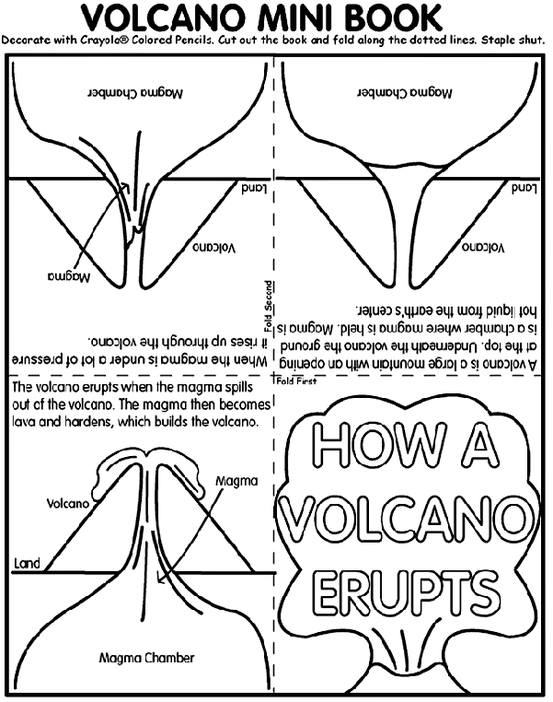




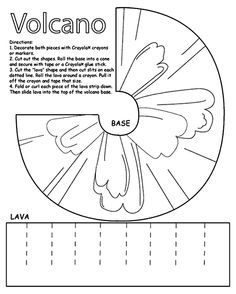
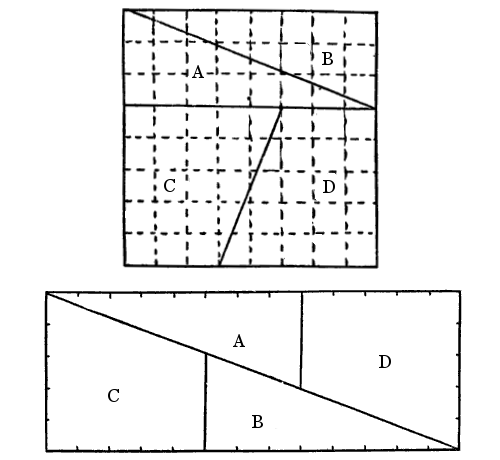

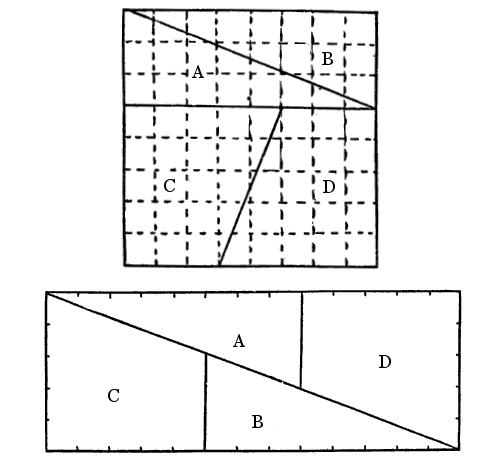
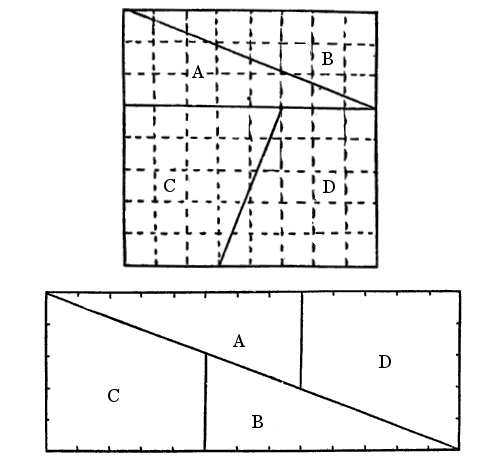
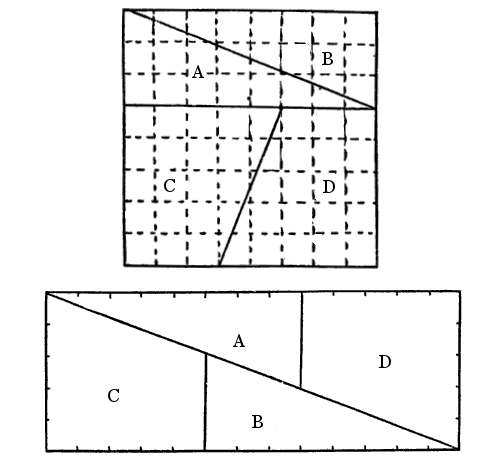
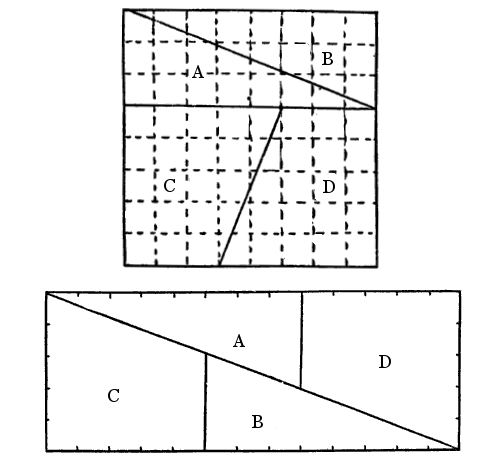
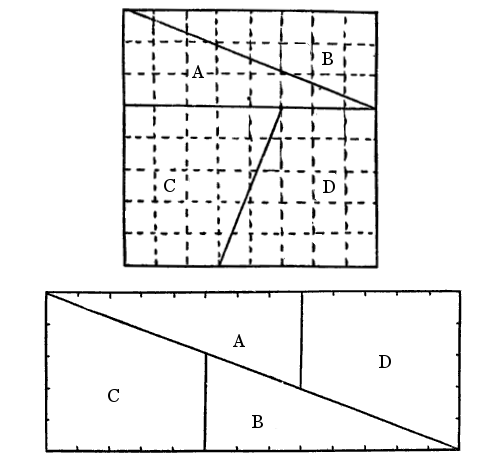
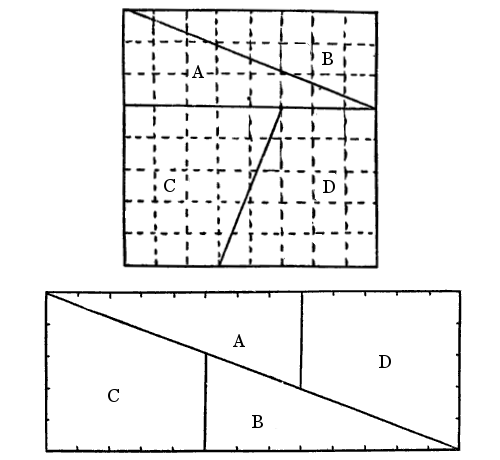
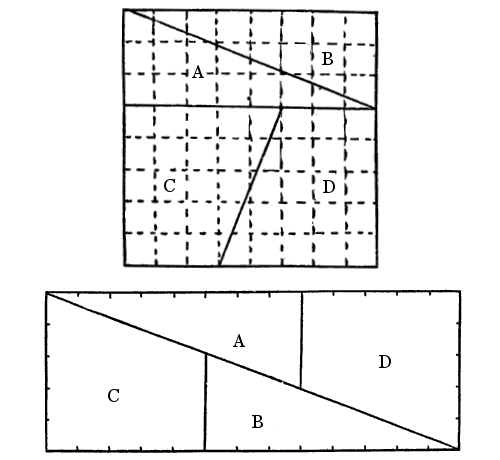

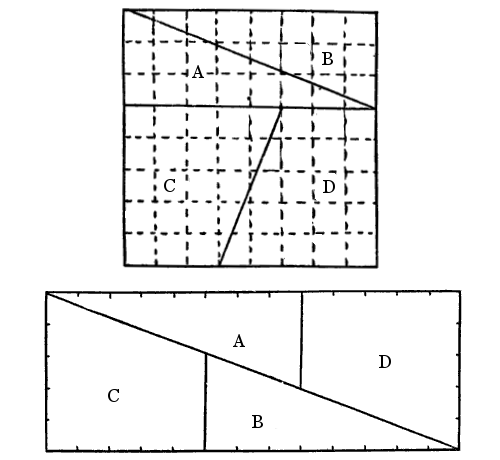

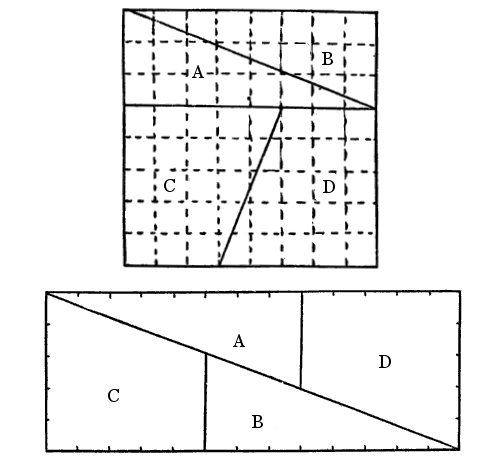














Comments